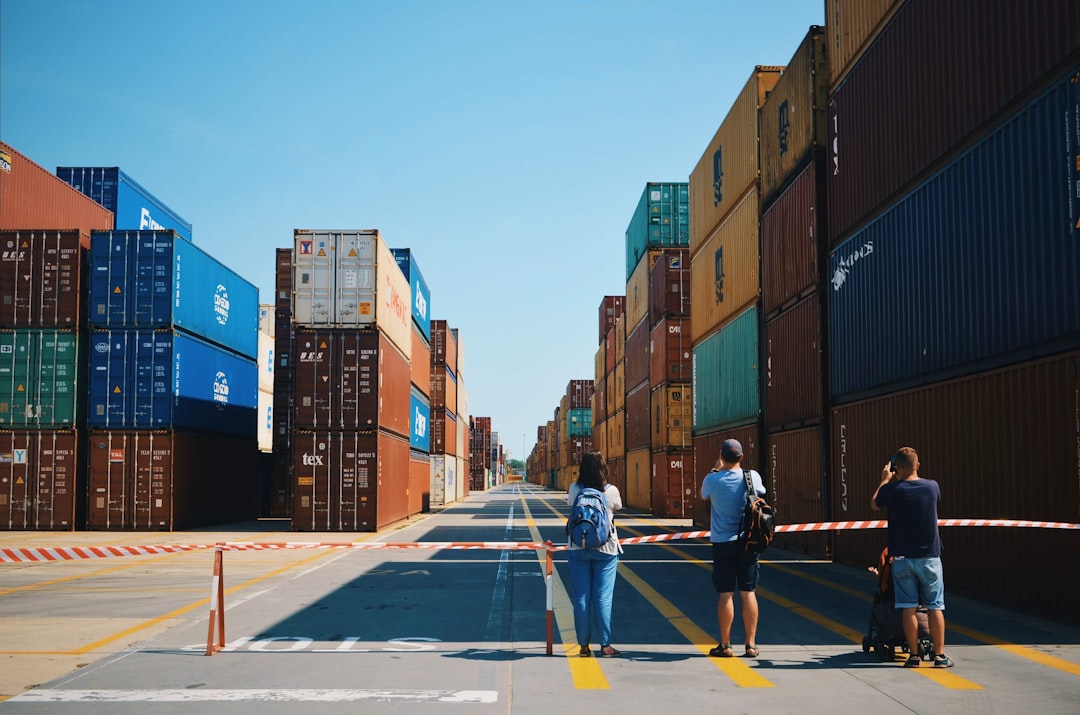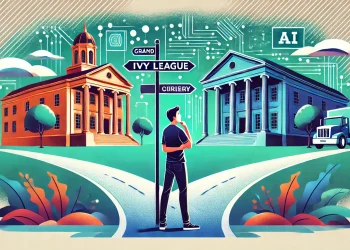No products in the cart.
Navigating the Balance: Importing Workers While Protecting Local Jobs
Learn how countries can import workers responsibly while safeguarding local job opportunities. A deep dive into workforce strategies for 2025.
Beijing, China — In a world increasingly interconnected by technology and trade, nations find themselves at a crossroads. The need for skilled labor is greater than ever, yet the challenge of ensuring local job opportunities remains a pressing concern. With shifts in the global economy and an ever-evolving job landscape, how can countries import workers while also safeguarding the livelihoods of their local populations?
Recent discussions in forums and conferences have centered around this delicate balance. Countries like Canada and Australia have developed frameworks that allow for the influx of skilled immigrants, addressing labor shortages while simultaneously prioritizing their citizens. For instance, Canada’s Express Entry system has been lauded as an effective means of bringing in necessary talent without undermining local employment

However, these measures are not without their critics. Many argue that importing workers can lead to wage suppression and increased competition for jobs. A study by the Economic Policy Institute found that an influx of foreign workers can negatively impact wages for low-skilled jobs, as increased supply can diminish the bargaining power of local employees.
But the narrative isn’t one-sided. The reality is that many local job markets are evolving, and there is a pressing demand for specialized skills that the domestic workforce simply cannot meet. In sectors like technology, health care, and engineering, the shortage of qualified professionals has become a significant barrier to growth. For example, the tech industry in Silicon Valley has long relied on talent from abroad, with companies like Google and Microsoft actively recruiting international students and professionals to fill critical roles.
For example, the tech industry in Silicon Valley has long relied on talent from abroad, with companies like Google and Microsoft actively recruiting international students and professionals to fill critical roles.
Moreover, the pandemic has shifted the landscape dramatically. As businesses adapt to new realities, many are realizing that a diverse workforce can lead to greater innovation and resilience. A report from McKinsey & Company highlights that inclusive companies are 35% more likely to outperform their peers. This suggests that rather than viewing imported labor as a threat, it could be seen as a vital component of a robust local economy.
So, how can policymakers strike this balance? One approach is to implement targeted training programs that prepare local workers for the jobs that imported workers will fill. For instance, Germany’s dual education system combines apprenticeships with classroom learning, creating a skilled labor force that meets market needs while also providing opportunities for young locals.
Furthermore, transparent communication is essential. Governments must engage with local communities to explain the benefits of skilled immigration and how it can lead to job creation and economic growth. This kind of dialogue can help mitigate fears and foster a more inclusive atmosphere.
As we look to the future, the importance of collaboration between government, businesses, and educational institutions cannot be overstated. By working together, they can create a framework that not only welcomes skilled workers but also empowers local citizens through education and job training.
For instance, Germany’s dual education system combines apprenticeships with classroom learning, creating a skilled labor force that meets market needs while also providing opportunities for young locals.
Ultimately, the key lies in understanding that the global job market is not a zero-sum game. Countries that embrace a diverse workforce while investing in their local talent pool will be better positioned to thrive in the coming years. As we approach 2025, let’s aim to cultivate an environment where local and global talents can flourish side by side, driving innovation and growth for all.











